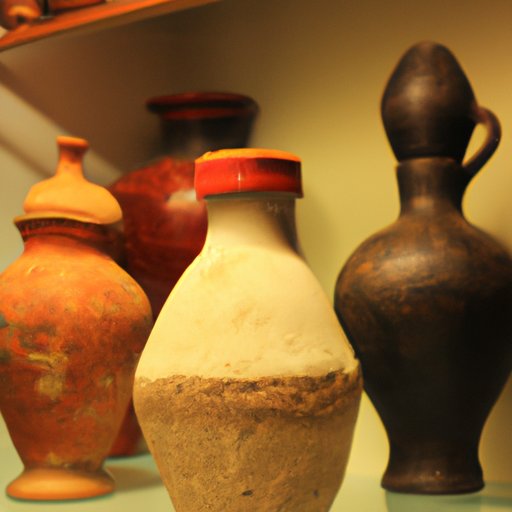Introduction
Pure culture is a term used to describe a single species or strain of microorganism that has been isolated from other organisms. This is typically done by transferring a small amount of the organism onto a solid medium such as agar plates, where it can grow and reproduce without being contaminated by other organisms. Pure culture has become an important tool in many scientific fields, especially microbiology, as it allows researchers to study a particular organism without interference from other species.
Pure culture can be used to solve many problems in various fields. For example, in medicine, it can be used to identify pathogens responsible for causing diseases and to develop treatments. In food production, pure culture can be used to create specific flavors and texture by fermenting foods with certain bacteria or yeasts. In biotechnology, pure culture can be used to produce proteins and enzymes for industrial applications.

Comparison Between Pure and Mixed Cultures
A mixed culture is a sample containing multiple species or strains of microorganisms. Mixed cultures are often found in natural environments, such as soil or water, where multiple organisms coexist. In contrast, a pure culture contains only one species or strain of microorganism.
The advantages of using pure cultures over mixed cultures include increased control and accuracy. With pure cultures, scientists can more easily identify, study, and manipulate a particular organism. They can also monitor the growth of the organism more closely, as there are no other species present to interfere. Additionally, pure cultures are less likely to contain contaminants or toxins, which can affect the results of experiments.

Types of Pure Cultures
There are many different types of pure cultures, depending on the organism being studied. These include bacterial cultures, yeast cultures, and fungal cultures. Each type of culture can be further classified according to the strain of organism it contains, such as E. coli or S. cerevisiae.
Utilizing pure cultures can provide many benefits. For example, in the field of medicine, pure cultures can help identify pathogens responsible for causing diseases. In food production, pure cultures can be used to create specific flavors and textures by fermenting foods with certain bacteria or yeasts. In biotechnology, pure cultures can be used to produce proteins and enzymes for industrial applications.
Culturing and Maintaining Pure Cultures
Culturing and maintaining pure cultures requires careful preparation and handling. First, the desired organism must be obtained from a reliable source, such as a laboratory or culture collection. Once the organism has been obtained, it must be grown in a sterile environment to prevent contamination. This is usually done by transferring a small amount of the organism onto a solid medium, such as an agar plate, where it can grow and reproduce without being contaminated by other organisms.
When working with pure cultures, it is important to take safety precautions. This includes wearing protective gear, such as gloves and masks, and disposing of any materials that may have come into contact with the organism. Additionally, all equipment should be sterilized before and after use to prevent cross-contamination.
Conclusion
In conclusion, pure culture is a term used to describe a single species or strain of microorganism that has been isolated from other organisms. This is typically done by transferring a small amount of the organism onto a solid medium, such as agar plates, where it can grow and reproduce without being contaminated by other organisms. Pure cultures can be used to solve many problems in various fields, such as medicine, food production, and biotechnology. There are many different types of pure cultures, including bacterial, yeast, and fungal cultures. When culturing and maintaining pure cultures, it is important to take safety precautions and to ensure that all equipment is properly sterilized.
(Note: Is this article not meeting your expectations? Do you have knowledge or insights to share? Unlock new opportunities and expand your reach by joining our authors team. Click Registration to join us and share your expertise with our readers.)
